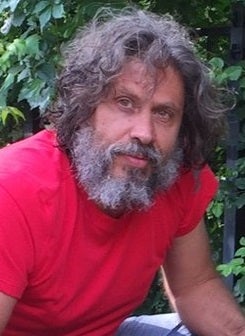Researchers at Waterloo Engineering have developed technology that uses artificial intelligence (AI) to identify collapsed lungs from chest x-rays with greater accuracy than radiologists.
The system can now identify 75 per cent of cases - compared to less than 50 per cent for medical experts using chest x-rays - and researchers are working to boost that rate to more than 90 per cent.

Hamid Tizhoosh, a systems design engineering professor, is leading research to identify cases of collapsed lung, or pneumothorax, from chest x-rays using AI and a search system.
“There is no question systems like this will be in place in hospitals within the next two years,” said Hamid Tizhoosh, a professor of systems design engineering and director of the Laboratory for Knowledge Inference in Medical Image Analysis (KIMIA Lab). “People are pushing for it and the technology is there.”
The researchers are working with the University Health Network (UHN), a healthcare and medical research organization consisting of several Toronto-area hospitals, on a project backed by the Vector Institute, a not-for-profit corporation dedicated to advancing AI.
Click here for the full story.